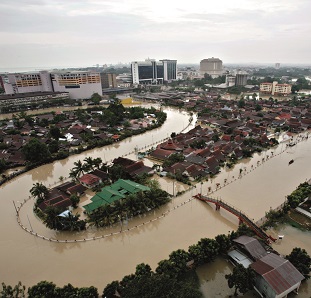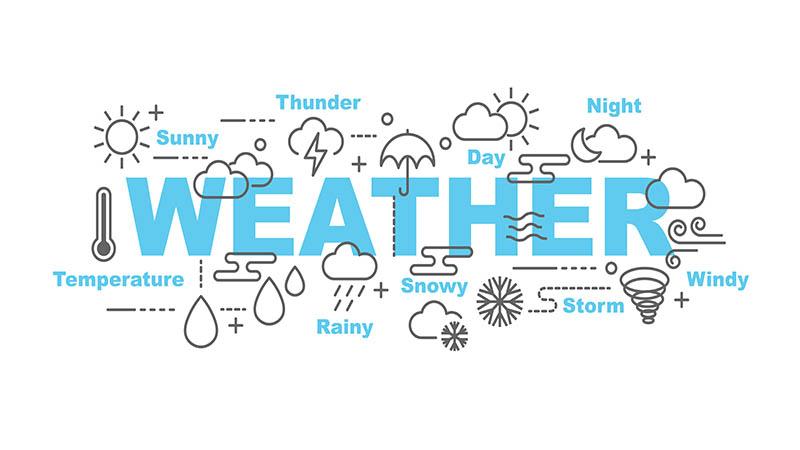Day-to-day Benefits of Weather Detection
Studies in 2006 showed that weather information had an average value of $109 per US household each year. This equates to an overall economic benefit of over $12 billion per annum. The picture is similar in other countries across a range of sectors.
Forecasting is a Vital Element
The World Meteorological Organisation says weather forecasting “is a vital element” needed “in order to meet the food, fodder, fibre and
renewable agri-energy needs of rapidly growing populations”.
In the US, improved climate forecasting in the corn belt is expected to bring in an extra $1.2 billion to $2.9 billion over a ten-year period. The US National Weather Service estimated in 2002 that a one per cent improvement in hydroelectric power generation due to better weather forecasting would result in an annual benefit of $81 million. The World Bank Group estimates that improved global weather forecasting would result in increases in productivity worth $30 billion per year, as well as reducing asset losses by $2 billion per year.

Tourism & Transport
Being able to forecast and plan for the future when it comes to the local climate is a major advantage when it comes to planning tourism facilities. The transport sector can also benefit, as infrastructure can be set up to measure road surface conditions to improve traffic safety.
A 2014 study found that Switzerland’s transport sector could save between $56.1 million and $60.1 million by using meteorological data.
In 1985, Qantas Airways Limited started using weather forecasts to determine how much fuel each plane should carry. This decision reduced overall fuel consumption, saving them between $19.1 million and $30 million per year.
All of these factors and more add up to an improved quality of life for citizens of a country that invests heavily in weather detection infrastructure. Being better prepared for the weather generally means more money in a nation’s economy, leading to better quality of life.
Making Weather Forecasting Count
Taking a holistic view across all available data sources offers significant advantages. For example, rainfall measurement is useful on its own, but for the best level of flood prevention and detection, it is essential to also look at drainage information and local sewer systems.
Most meteorological infrastructure is surprisingly versatile. For example, the same radar system that can detect oncoming storms will
also be useful for gathering general rainfall data for the farming sector. Being able to predict and forecast the weather also allows for data to be gathered to build up a more detailed picture of a nation’s climate, and trends within it.
Vaisala offers a range of products and systems that can be used for this purpose, from simple pressure instruments to full-scale automatic weather stations. Smaller businesses can benefit from multi-weather sensors, combining wind speed and direction, liquid
precipitation, barometric pressure, temperature, and relative humidity detectors in one instrument. Larger organizations can invest in weather radar, lightning detectors and a range of other systems to allow for the collection of detailed data.

Comment
Add new comment